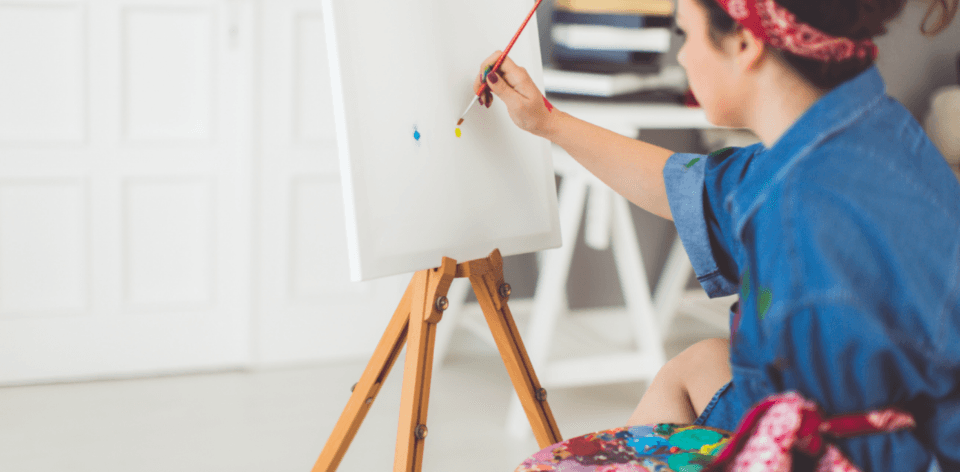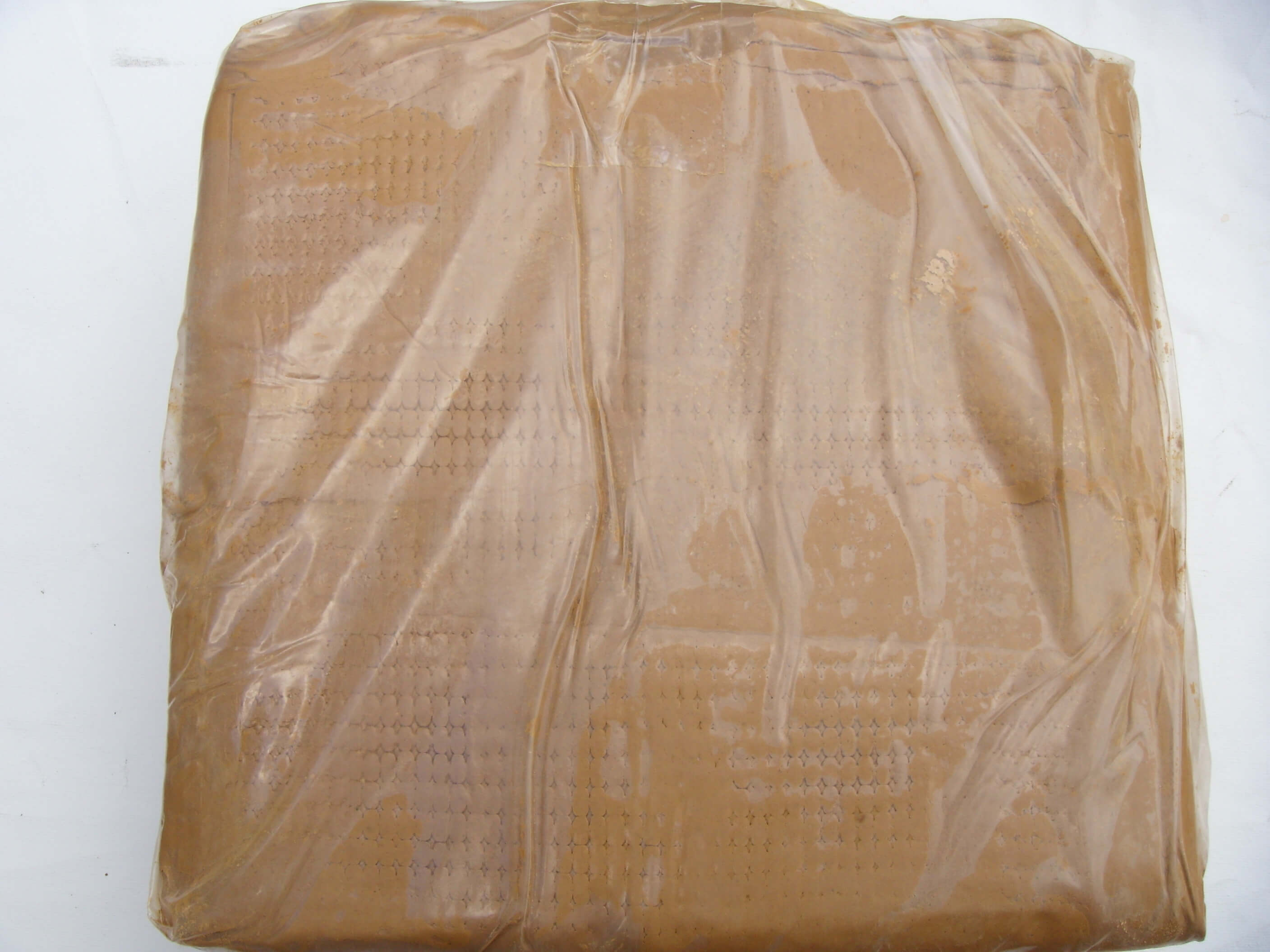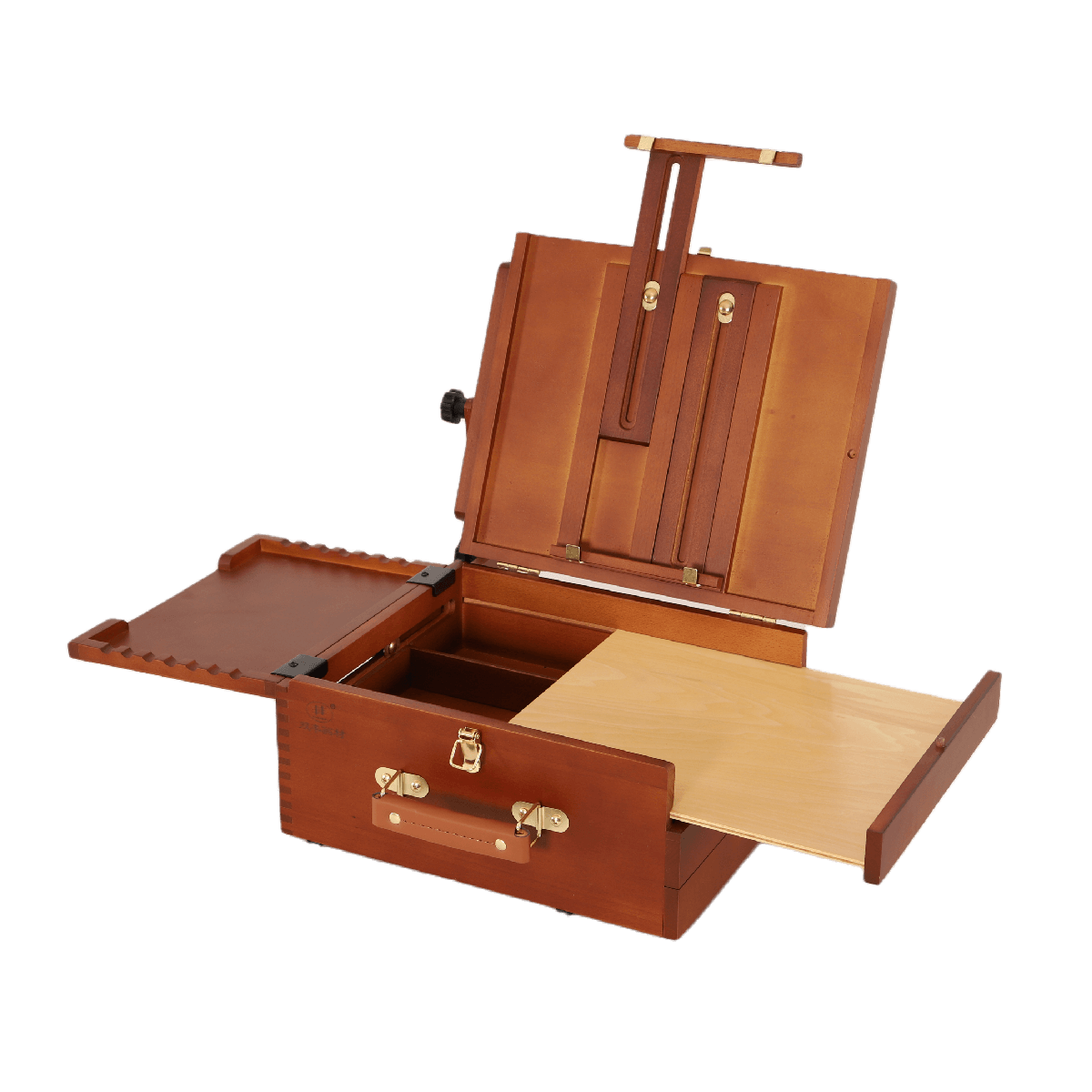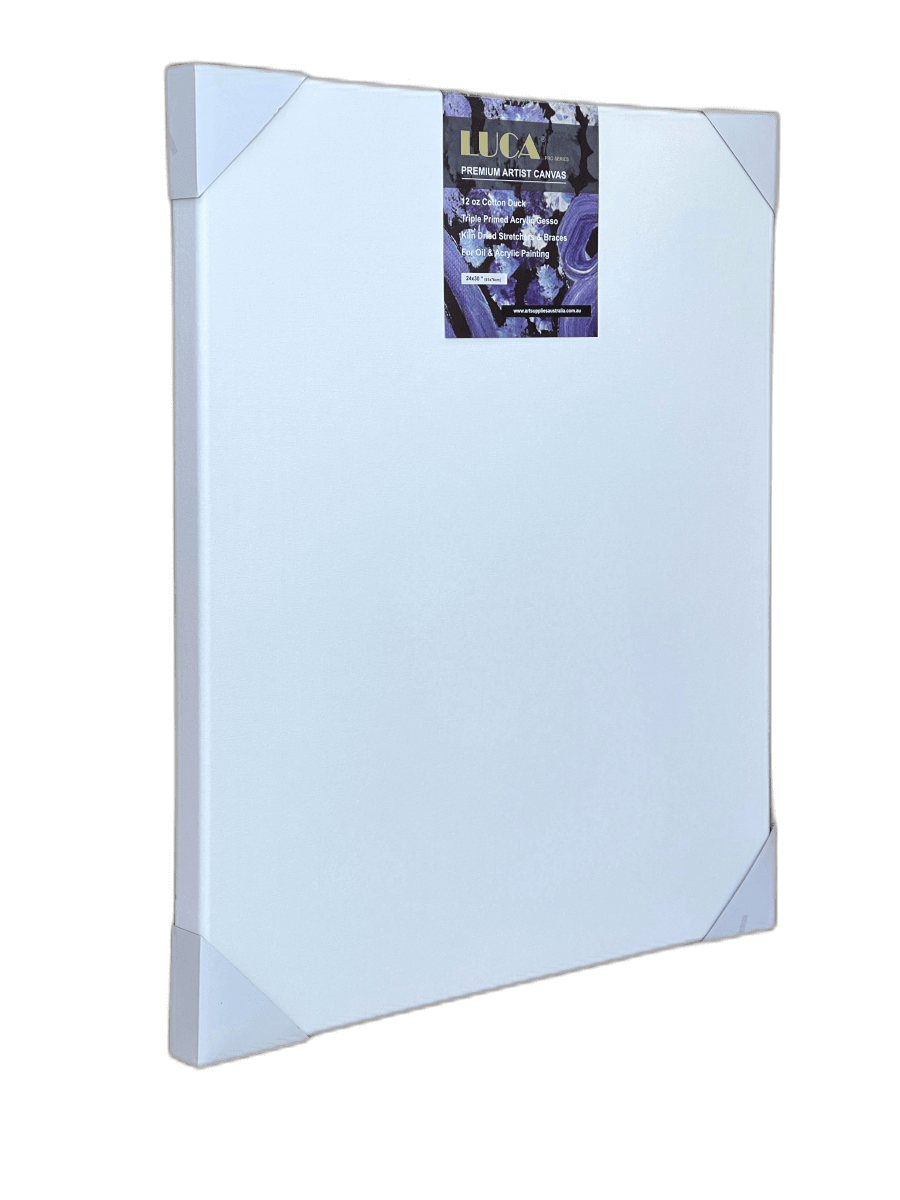Do you have a creative side that you never let out? Do you find yourself coming up with ideas and then shutting them down before they're fully formed because someone told you it was impossible or crazy? It's time to break those old habits. Creativity is not just for geniuses but also for people willing to work at it. We'll show you how!
Being Creative is Fun!
Creativity is all about having fun and letting your ideas flow. It's a way of expressing yourself, and it can be a form of therapy, too. When you're painting with acrylics on artist canvas, you're in control-you get to choose the colours, the shapes and the overall composition. So don't be afraid to experiment!
What You'll Need:
To get started, you'll need a few basic art supplies. First, you'll need some acrylic paints-either tube or powdered form. Acrylics are water-soluble, so they're great for painting on canvas. You'll also need a paintbrush (or several different sizes) and a canvas or canvas board.
How to Paint:
Now that you have your supplies, it's time to start painting! The great thing about acrylics is that they're so versatile you can use them in various ways. For example, you can paint thin, transparent layers or experiment with thick, impasto techniques.
One basic technique is called "glazing". This involves applying a transparent layer of paint over another colour. The result will be a richly textured look, as the light reflects off different colours' layers.
Alternatively, you could try using thicker layers to create impasto or textured effects on your painting. These are achieved by letting some of the paint drips off the ends of your brush, adding a variety of colours to create shade and dimensionality. The colour might also settle into some of those tiny crevices that form as you work.
Experiment With Different Techniques!
One thing that makes acrylics so much fun is that you can experiment with all sorts of different techniques. For example, you could try dripping, sponging, or scraping the paint to see its effect on your painting.
Lighting can also change how your painting looks. For example, putting your canvas in direct sunlight will create shadows that weren't there before! You could also experiment with printing or stencils to develop a different effect.
No Painting is Finished Until You Say So!
It's important not to compare your painting with others since they all have unique styles and moods. Also, every painting will require some amount of tweaking before it's finished.
For example, if you're using thin layers of paint for a glazing technique, you might need to add more layers to get the desired effect.
Alternatively, you could leave some of your paint slightly transparent so that it seeps into the canvas and creates a vintage look. The beauty of acrylics is that they're easy to work with and fun to experiment with! So don't be afraid to try out new techniques and see what happens. You might be surprised by the results!
Helpful Tips:
Here are a few more techniques you could try out:
- If you haven't already, try ripping up some newspaper and gluing it onto your canvas with water-based glue so that it sticks to the surface. Then paint over the newspaper to create an incredible texture on your painting.
- Experiment with different kinds of watercolour paints. They have a transparent quality that can create unique effects on canvas!
- You could also try using different kinds of pencils to draw your designs onto the canvas, then paint over them for a stimulating effect.
- If you want extra shine, try mixing some metallic gold or silver water-based paint with some of your acrylics.
- You can also try painting on different materials, including paper, cardboard or wood. These surfaces have unique textures that will leave your paintings looking completely original!
- A fun technique is to paint on moss-covered rocks with white gesso, then add some black paint so that the details of the stones show through.
- If you can't think of anything, experiment with different surreal landscapes or creatures by looking at reference photos online. You could start painting without an outline and leave some areas blank, so your imagination takes over!
- Try using stencils if you're having trouble getting started. You could also use them when you want to add detail to your paintings.







